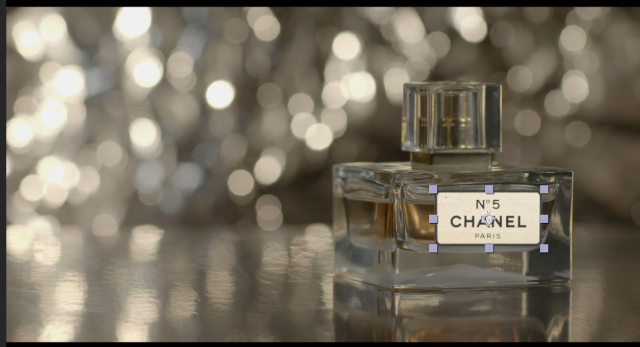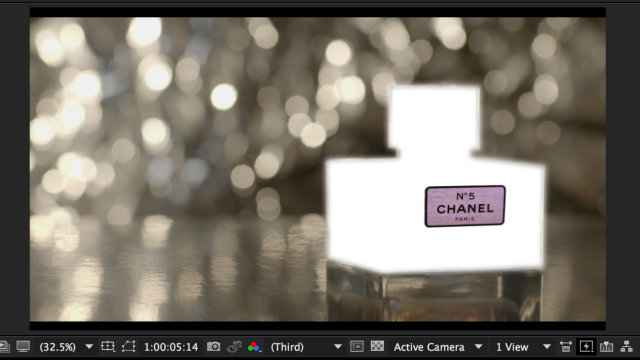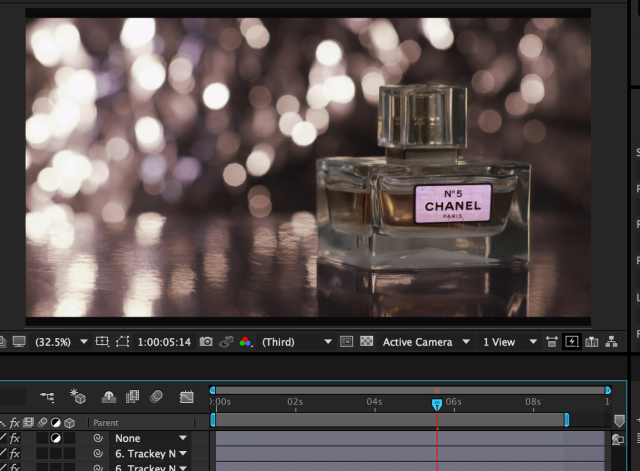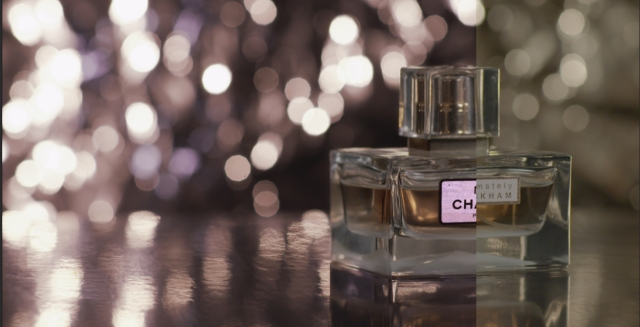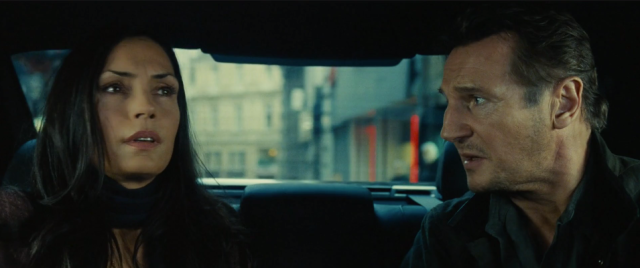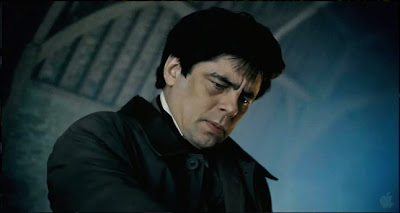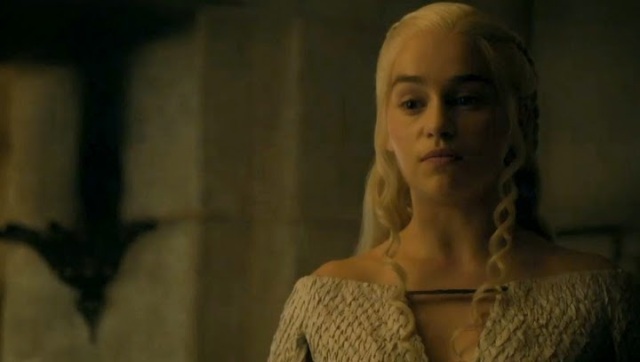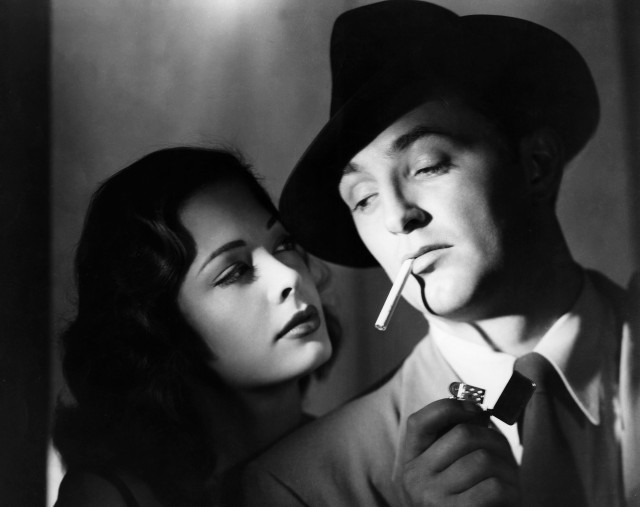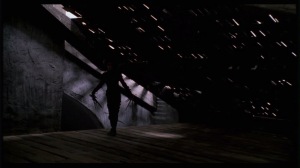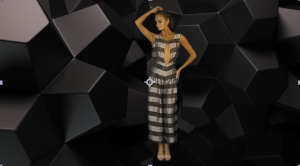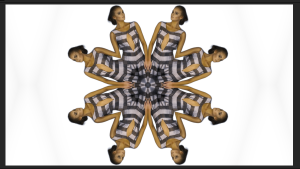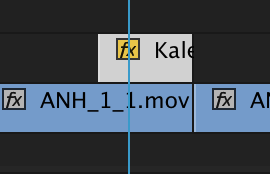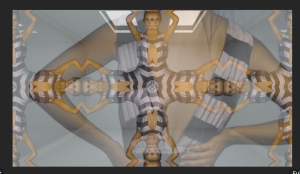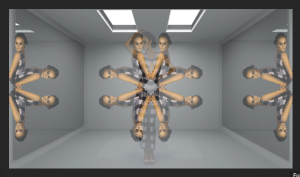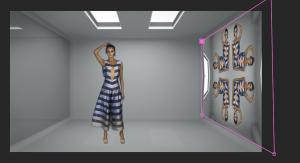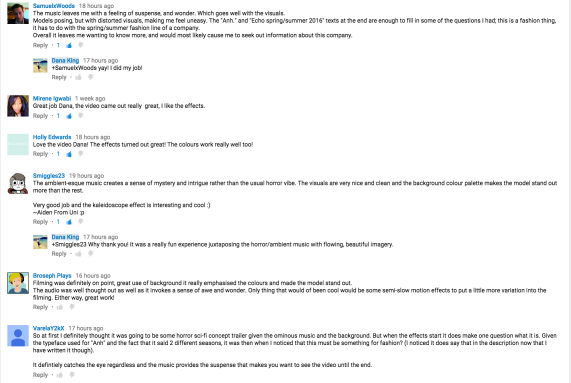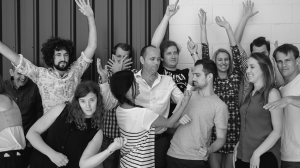LO5: Demonstrate an understanding of the value of cinematography as a character, subtext and storytelling tool
Description: Students must communicate a sophisticated understanding of visual storytelling in a director’s vision and/or the design of shots and lighting plans for a screen production. Students must articulate how specific cinematic tools for example lights, lenses, aperture, framing, camera movement, will advance their story.
There are many different ways to shoot a story, so many it would be impossible to count. Sometimes the way you shoot a scene is more important than the context withheld in the scene. Choosing between a wide angle, standard, telephoto or stylistic (i.e. macro, micro, fisheye) lens can change how an object/subject is perceived and can change the mood of the story.
Beginning with angle, the angle at which a person is shot can change how they are perceived to an audience. People are usually shot at eye level, as the shot is neutral and provides no opinion on the subject.

The above shot provides no opinion on the character. I chose this shot because in the film, Harry is about to do something very courageous. The director chose not to exploit this scene by shooting from a low angle, but chose to keep it neutral.
A low angle shot distorts the image, making the character look aggressive, ominous or dominant (Moura, 2014).

In the case of the above image, the character is being heroic, and when shot at a low angle, the cinematography reflects this. A high angle shot has the opposite effect, by making the subject look small, insignificant. They are also a good point of view (POV) shot for adults looking down at a child, as seen in Matilda (Moura, 2014):

The shot makes Matilda look small and insignificant, especially as she is looking up towards the camera. She is being looked down upon by an adult, and the camera serves as a POV, reiterating emotions set from previous shots.
These are the main angles a cinematographer follows, however are not the only ones to exist. There are others, such as the dutch tilt, which “changes horizontal and vertical lines into diagonals and creates a more dynamic composition. Though rare, canted angles can be employed with great artistic effect to disorient and disturb the viewer” (Moura, 2014). Dutch tilts are often used in horrors, and help signify that there is something wrong, without being overbearing. It is slightly abnormal to not be noticed with an untrained eye, however does have a final impact on the emotions conveyed in a scene.

There are also POV shots, and one of my favourites, the Birds Eye. This shot can also serve as a POV, a way to add intimacy with a viewer. This shot is commonly used with Wes Anderson, however is used eloquently in his film, The Royal Tenenbaums (2001).

This shot of the characters attempted suicide is confronting and personal due to the choice of shot. It places the audience in the mind of the character, as if they are looking down into their own hands, feeling the emotions the character is feeling. The shot choice is perfectly used in this scene and adds extra emotional qualities.
The movement of a shot can also convey meaning in film. Firstly, a tracking shot can be used to show significance of a subject, by either following the subject or by tracking to a subject. This is different to a standard pan shot, as a pan is usually executed on tripod, whereas a track is either freehand, steadicam or dolly.
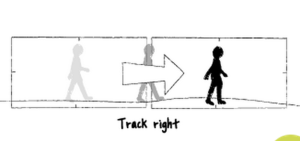
(Gibbs & Freer, empire.com)
Another favourite of mine is the dolly zoom, where a camera is tracked forward, and the camera lens is zoomed out. “Steven Spielberg utilised this effect in Jaws in 1975 in a sudden distortion of perspective isolates and zeroes in on Chief Brody – his worst fears have become true” (filmmakeriq.com).


The shot is usually used in situations such as the Jaws scene above, accompanied by screeching music to suggest something terrible is about to happen, or the character has a sudden realisation.
It’s not only up to camera framing and movement to tell a story. Lighting can tell an audience almost instantly about mood and character. Basic three point lighting makes a character look safe, friendly and approachable. It’s a neutral standard for a viewer, which doesn’t convey much about a subject emotionally. However, there are some lighting techniques that can be used to tell a story. For example:

Lighting from below can signify a power complex or the character is evil. The woman in the above picture looks troublesome, as if she is about to commit a crime or so something evil. The dramatic lighting tells us this story, as the framing is neutral, if not, ever so slightly low angle.
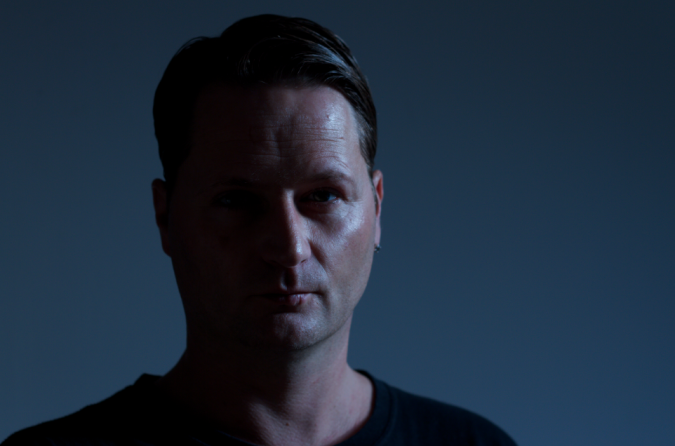
Harsh lighting with high contrast to one side of the face suggests mystery, that the character is hiding something as the whole face cannot be seen. This lighting is often used in interrogation scenes, particularly when the character is guilty, or even by the detective, to add a feeling of harshness to their character. There is also the use of a solo backlight, which produces this effect:
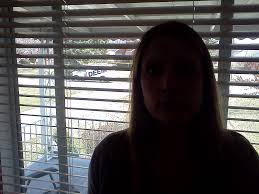
This shot conveys no emotion. The cinematographer wants to hide an identity to build suspense, or to convey no emotions at all. The shot is mysterious and unnerving, as we know nothing about the characters emotional state, not anything about their identity.
Also, aperture and depth of field can be used to change where an audience looks on screen, and where they are primarily focused. Aperture can effect what is sharp within an image, and the depth of field is controlled through the focal ring on the lens. Beginning with aperture, a smaller aperture, i.e. f1.4, will give you less sharpness than a wider aperture, i.e. f16. Below is a side by side comparison of the same scenery shot with the two apertures mentioned:
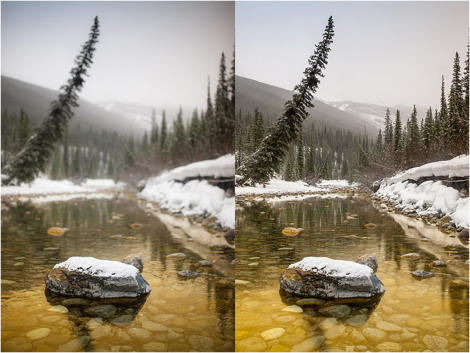
(Chrysanthouon, 2014)
On the left is the image shot with the aperture f1.4, and on the right is it shot again with the aperture as f16. For the first image, I looked immediately to the rock as it is the only thing in focus. By raising the aperture for the second image, almost everything is in focus. I still look at the rock first, however I take more time looking at the image, taking everything in. The image is also brighter and gives off a neat & polished finish.
Depth of field can be used to isolate a subject from the background, or from other subjects in a scene. The depth of field can also be used to tell who’s story it is, by keeping them in focus. It can also be used to blur out foregrounding objects to create stylistic shots.

In the above image, we naturally look at the bride and groom as they are in focus. If the whole image was sharp, we would notice the bagpiper immediately as he is closest to the lens. However, but blurring him out and focusing on the couple in the back, despite being partially covered, we know the story is about them, not the bagpiper.
Using different techniques such as aperture, depth of field, lighting, and using different shot sizes and lenses can all impact on how the story is told. The visuals mentioned above, all paired up and put together, can create complex and meaningful shots. For example, by using a low angle shot, with lighting lit from the bottom of a face, with a dolly zoom will create suspense, and suggest the character is plotting an evil plan, or is watching their evil plan unfold. By using an eye level frame with three point lighting, a cinematographer can create a basic scene, void of emotional bias. The frame will look open and inviting, and relies on the content to embellish emotional traits.
REFERENCES:
Moura, G. 2014. Camera Angles: the Art of Manipulation. Retrieved from: http://www.elementsofcinema.com/cinematography/camera-angles-and-composition/
Chrysanthouon, S. 2014. How to Create Mood and Story with Aperture Effects. Retrieved from: http://www.oopoomoo.com/2014/10/how-to-create-mood-with-aperture-effects/
EmpireOnline. (n.d.). The 30 Camera Shots Every Film Fan Needs to Know. Retrieved from: http://www.empireonline.com/features/film-studies-101-camera-shots-styles/p1

